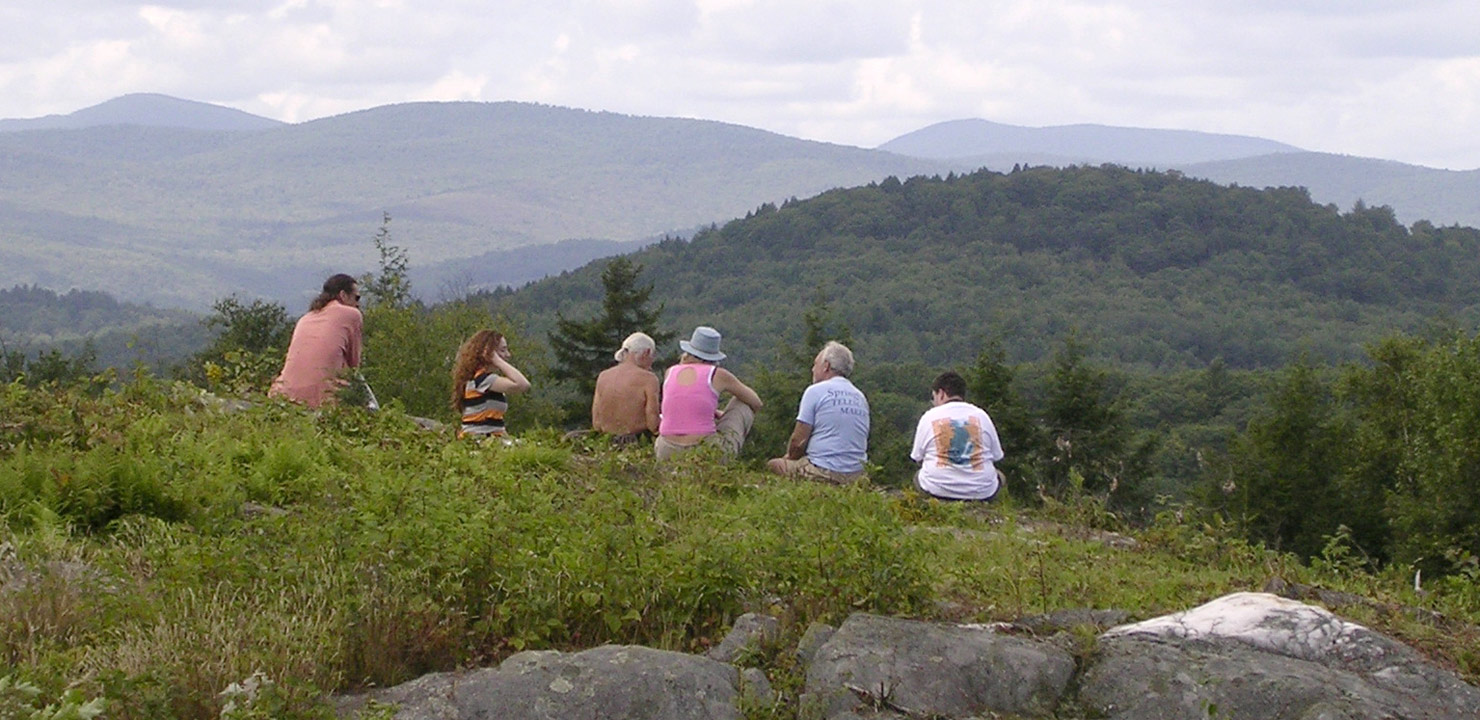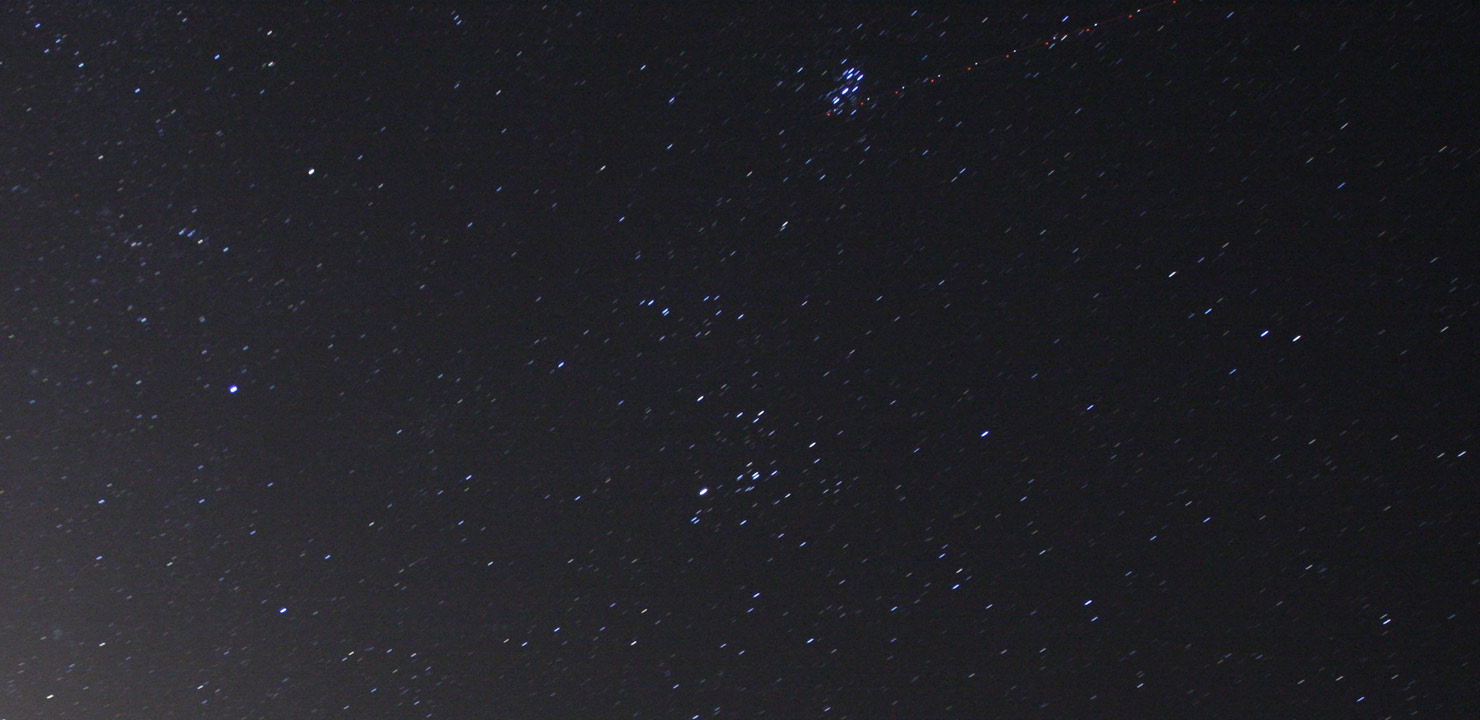February 2014
The Central Falls Train Wreck of 1853 and the Institution of Time Zones
Francine JacksonIf you would like to bring a dessert to share, please contact Kathy Siok prior to the meeting.
Bring your Astronomical Photos to Display
The Role of Water in Shaping the Surface of Early Mars
by Tim Goudge
Data from both orbiting and landed spacecraft have long indicated that Mars had a period early in its history in which liquid water flowed across the surface, with abundant evidence for large rivers, lake systems, and water bearing minerals. The details of this time period (e.g., duration and transience of liquid water stability, pH and geochemistry of the surface water, interaction between surface and subsurface waters, etc.), however, still remain largely a mystery. This presentation will focus on recent and current work investigating the earliest period of martian history, focusing on the current thinking about the early period of aqueous activity, and what measurements and observations have been used to inform these ideas.
Tim is a native of Toronto, Ontario, and received his Bachelor of Science degree in Geological Engineering from Queen's University in Kingston, Ontario in 2009. Tim is currently in his 4th year of graduate school in the Department of Geological Sciences at Brown University, working towards a PhD under the advising of Dr. Jack Mustard and Dr. Jim Head. Tim's research primarily focuses on the composition of ancient lake deposits on Mars through the use of remote sensing techniques.
The Central Falls Train Wreck of 1853 and the Institution of Time Zones
by Francine Jackson
The first railroad accident ever photographed took place in Rhode Island in 1853; not only that, but it became the major reason we have time zones today.
Francine, a Skyscrapers member, is also Director of Frosty Drew Observatory, a Staff Astronomer at Ladd Observatory, Coordinator at the URI Planetarium, and Lecturer at Framingham State University. She is also secretary of the Blackstone Valley Historical Society, where she assisted in an exhibit on this historic event.
Observing the Early Universe with Gamma Ray Bursts
Tim GoudgeIf you would like to bring a dessert to share, please contact Kathy Siok prior to the meeting.
Bring your Astronomical Photos to Display
The Role of Water in Shaping the Surface of Early Mars
by Tim Goudge
Data from both orbiting and landed spacecraft have long indicated that Mars had a period early in its history in which liquid water flowed across the surface, with abundant evidence for large rivers, lake systems, and water bearing minerals. The details of this time period (e.g., duration and transience of liquid water stability, pH and geochemistry of the surface water, interaction between surface and subsurface waters, etc.), however, still remain largely a mystery. This presentation will focus on recent and current work investigating the earliest period of martian history, focusing on the current thinking about the early period of aqueous activity, and what measurements and observations have been used to inform these ideas.
Tim is a native of Toronto, Ontario, and received his Bachelor of Science degree in Geological Engineering from Queen's University in Kingston, Ontario in 2009. Tim is currently in his 4th year of graduate school in the Department of Geological Sciences at Brown University, working towards a PhD under the advising of Dr. Jack Mustard and Dr. Jim Head. Tim's research primarily focuses on the composition of ancient lake deposits on Mars through the use of remote sensing techniques.
The Central Falls Train Wreck of 1853 and the Institution of Time Zones
by Francine Jackson
The first railroad accident ever photographed took place in Rhode Island in 1853; not only that, but it became the major reason we have time zones today.
Francine, a Skyscrapers member, is also Director of Frosty Drew Observatory, a Staff Astronomer at Ladd Observatory, Coordinator at the URI Planetarium, and Lecturer at Framingham State University. She is also secretary of the Blackstone Valley Historical Society, where she assisted in an exhibit on this historic event.
Kemble's Cascade & NGC 1502
: By Glenn Chaple
John Dobson (1915-2014)
: By Francine JacksonComet Lovejoy meets Venus
: By Mark Sweberg



